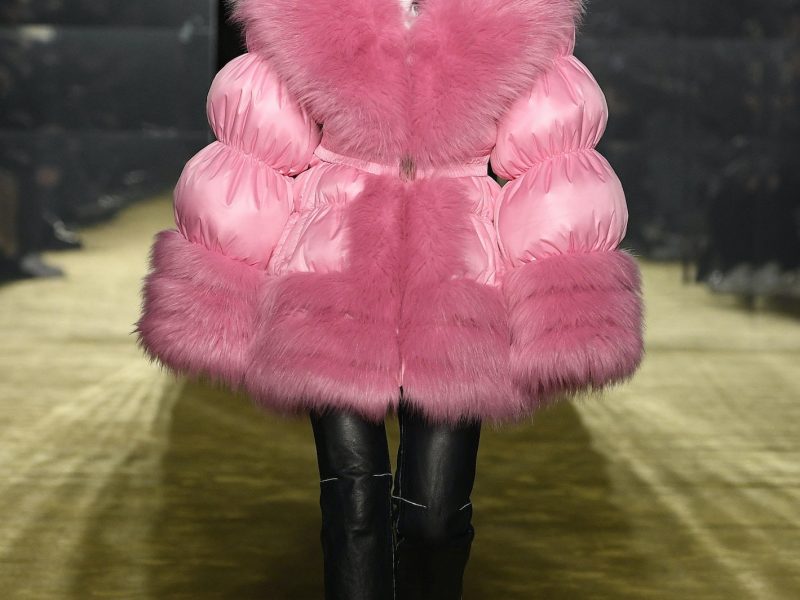Business casual clothing allows you to show your individual style while adhering to an appropriate dress code for professional wear. Don’t wear clothing that displays excessive skin. This includes the strappy sandals, shorts and skirts with a lower cut than the knee.
Closed-toed footwear like heels and loafers are standard but sneakers can be worn, provided that they don’t show too much the cleavage. Simple accessories like stud earrings or a watch with a classic design are safe choices.
The art of balancing style and comfort
In terms of formal attire, it’s important to strike a balance between style and comfort. It’s also recommended to choose neutral colors and avoid striking patterns and patterns. This will allow you to incorporate elements of your personal style into your outfit without going overboard. For instance, you could put on a pair of fashionable sneakers with your khaki chinos, instead of wearing flats.
Additionally, it’s recommended to purchase high-end basics. This will help your clothes last longer and more durable. This also helps you save money over the long term since you can mix and match your clothing to create different styles. When it comes to footwear and accessories, quality is better than quantity.
For women, the most important thing is to concentrate on feminine cuts and classic styles. You can also add some pops of color with a nice scarf or belt. For most places of work, heels are acceptable. However, closed-toed shoes are the best choice for most situations. Avoid flip-flops and sandals. Instead, invest in shoes that are designed for the office and well-fitted.
Men should avoid ripped jeans and sportswear, which are not appropriate for most offices. A blazer is an excellent option to transform an informal look to a more professional one, and it’s also a great option to purchase some well-fitted pants or khaki chinos that come in different shades.
A comfortable business casual outfit
A comfortable business casual outfit is one that strikes the perfect blend of professionalism and fashion. Although this dress code allows for some individuality, it is better to avoid flip flops and athletic footwear, as well as damaged clothing. You should opt for loafers, flats or boots that offer stability and support. You can inject some personality to your casual business attire by adding some pops of color or patterns. However, it’s essential to keep your colours neutral.
In terms of tops, long-sleeved button-downs and blouses are ideal. Choose clothes that flatter your shape and stay clear of designs or colors that feature bold prints. Also, you can experiment with sleeves-free https://insidemen.vn/ blouses as well as shirts that have rolled sleeves or no collar.
For the bottoms A pair of elegant pants or chinos in classic dark hues is suitable for business casual wear. You can spice up your look with a blazer or sweater. If the workplace is casual or casual, you may wear jeans. Just make sure that they’re pressed and not loose.
For men’s business casual attire it is advised to wear closed-toed footwear such as boots, loafers, or oxfords. Avoid running or gym shoes. It is acceptable to wear sneakers. Check with your manager whether sneakers are permitted in the dress code for business casual.
Elegant Business Casual Fashion
While business casual isn’t as formal as a suit, it still needs to appear professional and polished. When you’re choosing clothes that is appropriate for the workplace, consider what it reveals about your personal brand. If you choose a leather jacket and pair it with a t-shirt and slacks, you’re demonstrating professionalism, competence and confidence, all while being comfortable.
For a more casual look, you can wear blazers and suits but remove the tie. Sheath dresses with modest silhouettes as well as midi or wrap-style skirts are ideal for office wear. The skirts should be at a minimum knee-length. Avoid showing particulars like plunging necklines, or shoulders with no padding. The use of patterns and colors is acceptable if used sparingly and can add an element of interest to an otherwise dull outfit.
Shoes are an integral component of a business casual outfit. Find closed-toe shoes in neutral tones that complement other components of your outfit. Flats, loafers and boots are great options that will let you express your individuality without going too far from the informal dress code.
Other accessories such as jewelry and watches can add the finishing touch to an outfit. Make sure to choose accessories that are elegant and professional, such as a simple diamond-set watch, or the classic bangle. Avoid pieces that are too casual, such as jewelry or sneakers because they don’t give a polished, professional appearance.
Dress Code: Business Casual
Business casual is now the norm for many companies especially those that are transitioning to a hybrid or remote work environment. While the exact guidelines vary between companies but the principle is that employees can dispense of items such as tie, jackets, or stockings and instead wear clothes they might typically wear to home. This could save upfront expenses, like buying or renting these items and can also cut down on long-term costs such as dry cleaning bills.
Men usually wear khaki trousers with a polo or button-down shirt. Women can wear dresses or skirts with different lengths, blouses and shirts of basic colors or muted shades. Prints and patterns are generally acceptable, but they must not be overly loud or distracting. Accessories, like scarves or jewellery in subtle or stylish designs, can add character to a woman’s outfit. Shoes should be closed-toed and professional-looking, such as boots or loafers, rather than sandals or flip-flops. Sneakers are acceptable, but not the gym type. Designer or stylish sneakers are a better choice.
Employers should create the dress code suitable for their culture and uniqueness. They should then clearly communicate the new rules to their employees, so that everyone is aware of what is acceptable and what is not appropriate for work. It is important to do this for companies with remote employees as they might not have continuous contact with their bosses or coworkers.



